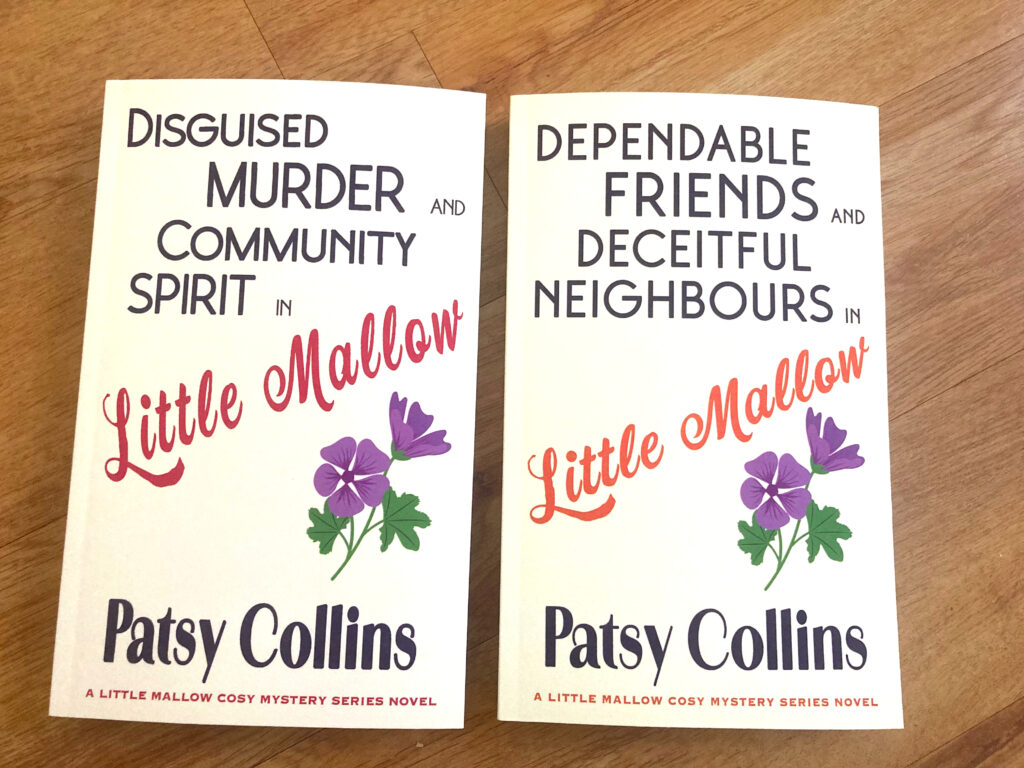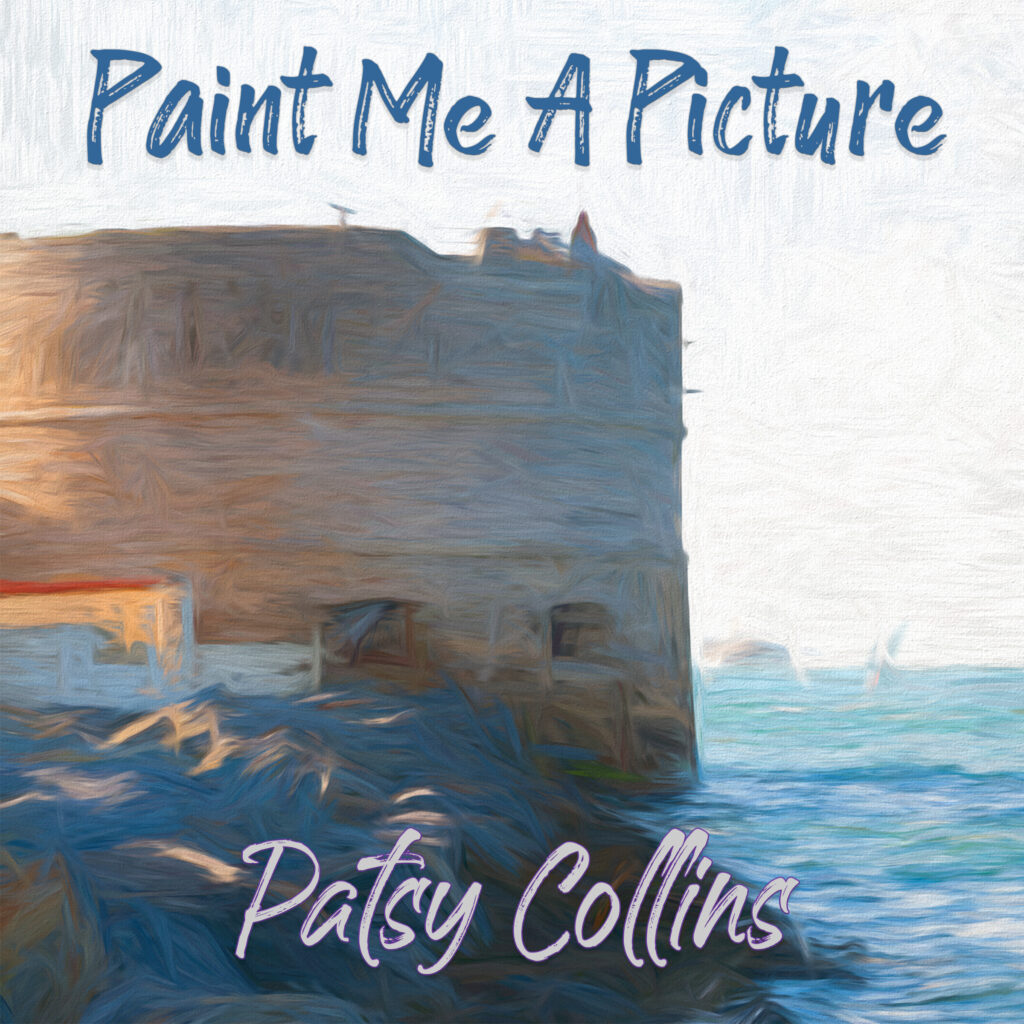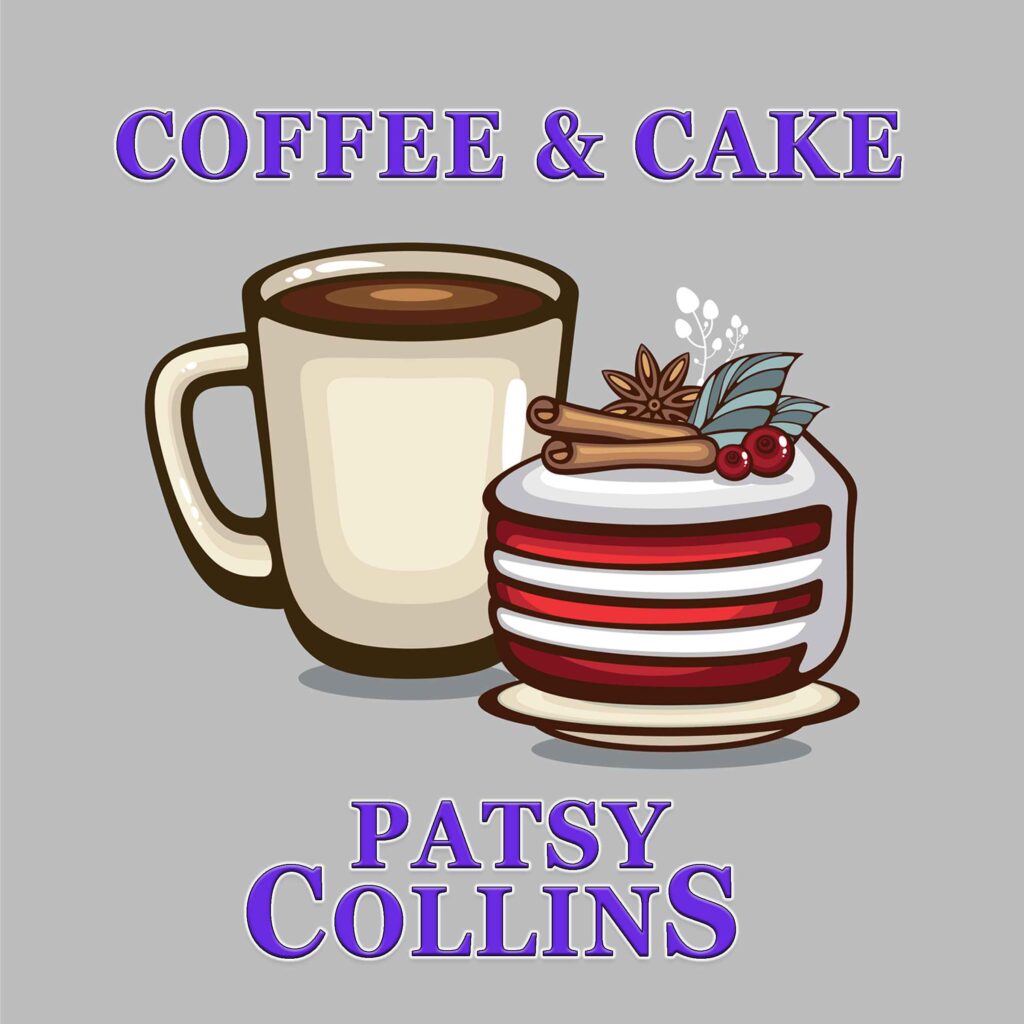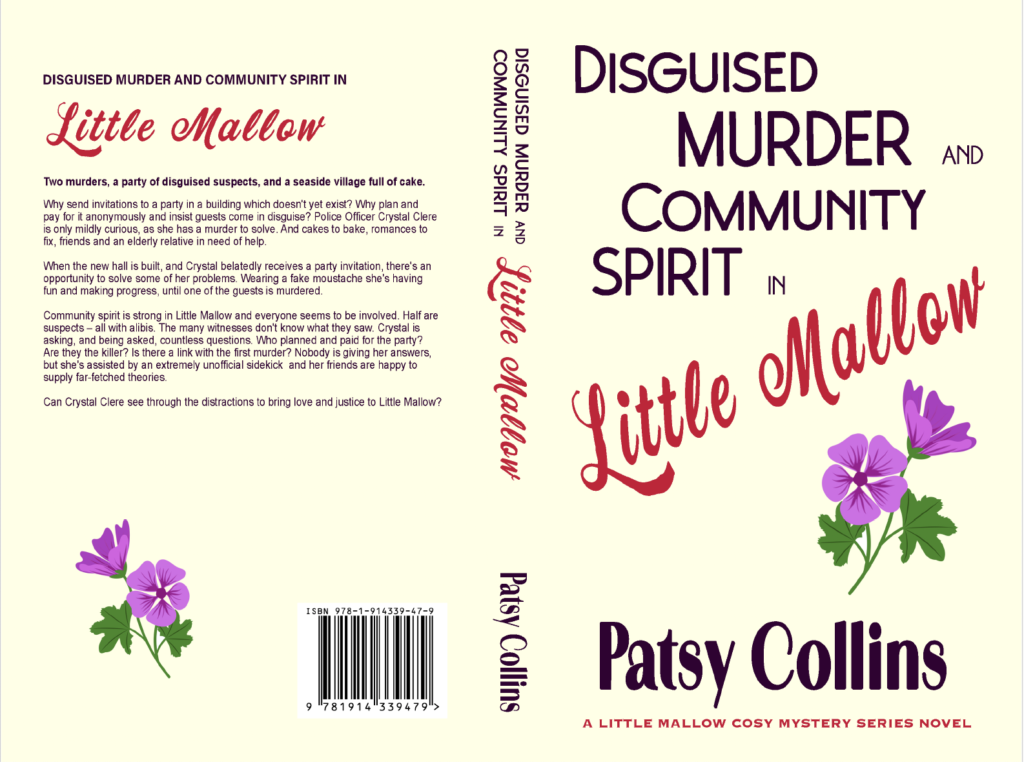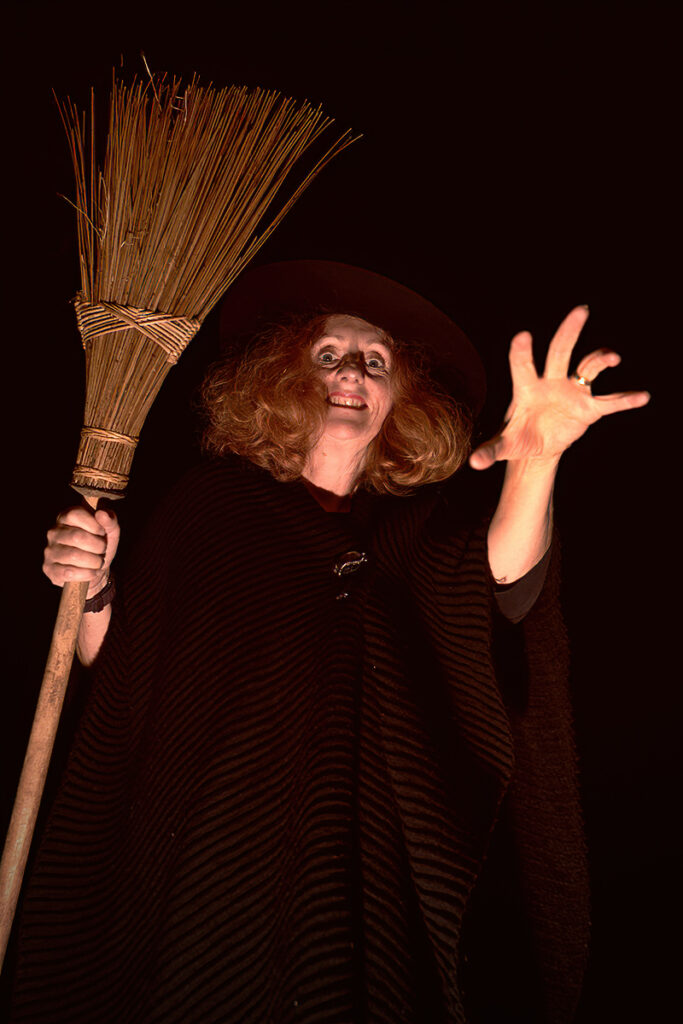I ‘m attending a book fair on Sunday (if you’re in Portsmouth, please come and say hello – it’s free entry and there’s a cafe selling cakes).
‘m attending a book fair on Sunday (if you’re in Portsmouth, please come and say hello – it’s free entry and there’s a cafe selling cakes).
That means I need some books to sell, and I therefore ordered some. Feeling pleased with myself for having remembered to do it in time for me to unpack and check them prior to the day I got a little bit carried away and decided to make an ‘unboxing’ video. I’m not sure when or why these became a trend, but from the ones I’d seen I had the impression it was an easy thing to do. I’m less sure about that now! Click here’s to see the result. I hope it makes you smile.
